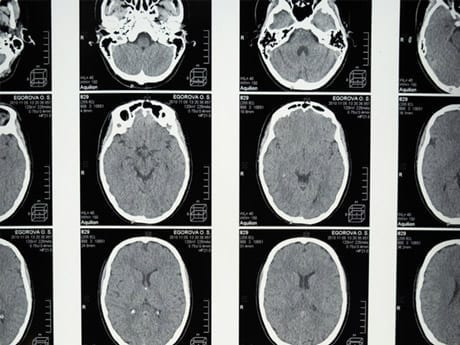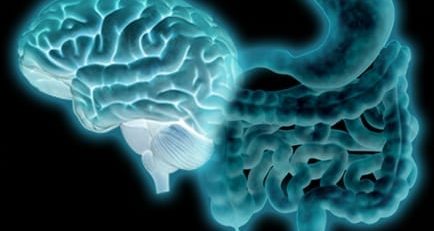New Research Reveals Some Brain Cells Become More Active After We Die
Researchers at the University of Illinois NeuroRepository have identified a “previously unseen flurry of post-mortem activity [that] could have major implications for all future research into neurological disorders,” after their research reveals certain genes become activated after death, causing some brain cells to increase their rate of growth, IFLScience.com reports.
This study was born out of previous research the scientists had conducted, analyzing the patterns of gene expressions in brain tissue that had been removed from patients undergoing surgery for certain neurological conditions. To further investigate, the researchers ran a “simulated death experiment,” extracting brain tissue samples and storming them at room temperature for 24 hours. Genetic analysis was conducted several times in order to observe how gene expressions changed during the post-mortem period.
According to their study, published in Scientific Reports, 80 percent of genes do not change their expression, however a number of what researchers are calling “zombie genes” became activated during the 24 hours after the brain tissue had been extracted.
“Most studies assume that everything in the brain stops when the heart stops beating, but this is not so,” study author Jeffrey Loeb explained in a statement. “Our findings will be needed to interpret research on human brain tissues. We just haven’t quantified these changes until now.”
This is particularly important as most research into neurological disorders like dementia is performed on post-mortem brain tissue, while the results of this study suggest that such tissue is likely to have undergone significant changes and may therefore have significantly different brain tissue from living patients.
“Our findings don’t mean that we should throw away human tissue research programs, it just means that researchers need to take into account these genetic and cellular changes, and reduce the post-mortem interval as much as possible to reduce the magnitude of these changes,” Loeb said. “The good news from our findings is that we now know which genes and cell types are stable, which degrade, and which increase over time so that results from postmortem brain studies can be better understood.”














